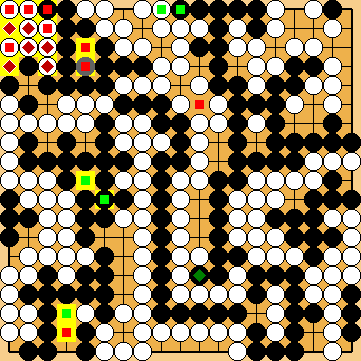Variations of Our Solution (IIIb)
Dany's Ko: Joachim's No-Ko-Threats
VAR  (.1)
(.1) 


|
(Referenced by
|
|
However, Black would be two points better, if he played at
|
|
|
|
In the upper left corner, neither side can approach at |
|
Black plays 5/5 reductions. Any other sequence, e.g. with Due to the seki in the upper left corner, White will choose the Capture Variation. Black will capture at |
|
Capture Variation: Compared to the superordinate variation ...
In total, White gained 14 points. White + 2 => White + 16 |
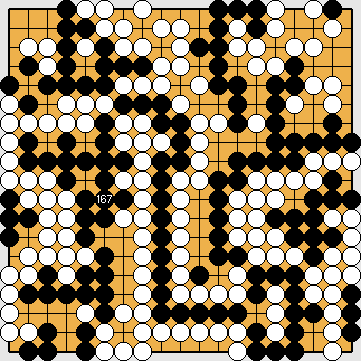
 648qg
648qg 648qc
648qc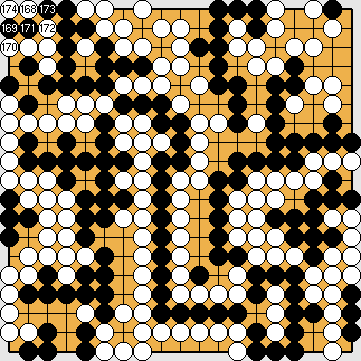
 :
: :
: :
: , instead. Please refer to the other line of White's play in the upper left corner for details (
, instead. Please refer to the other line of White's play in the upper left corner for details ( :
: :
: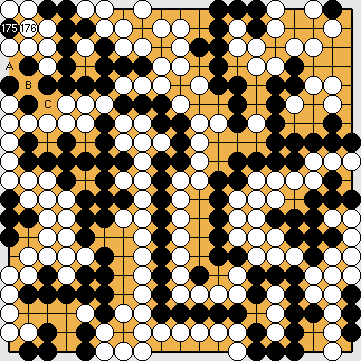
 :
: .
.  thereafter would be useless, as White has the follow-up atari at
thereafter would be useless, as White has the follow-up atari at  .
. :
: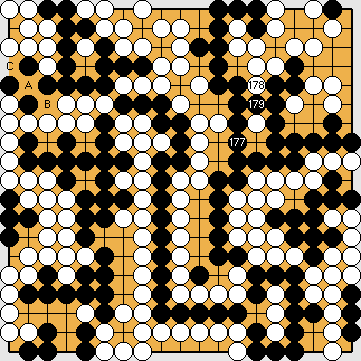
 :
: .
. , White will occupy his last outside liberty with
, White will occupy his last outside liberty with  .
.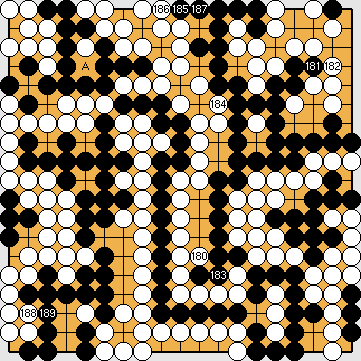
 at
at  , and / or with
, and / or with  at
at  , would result in the same final score.
, would result in the same final score.